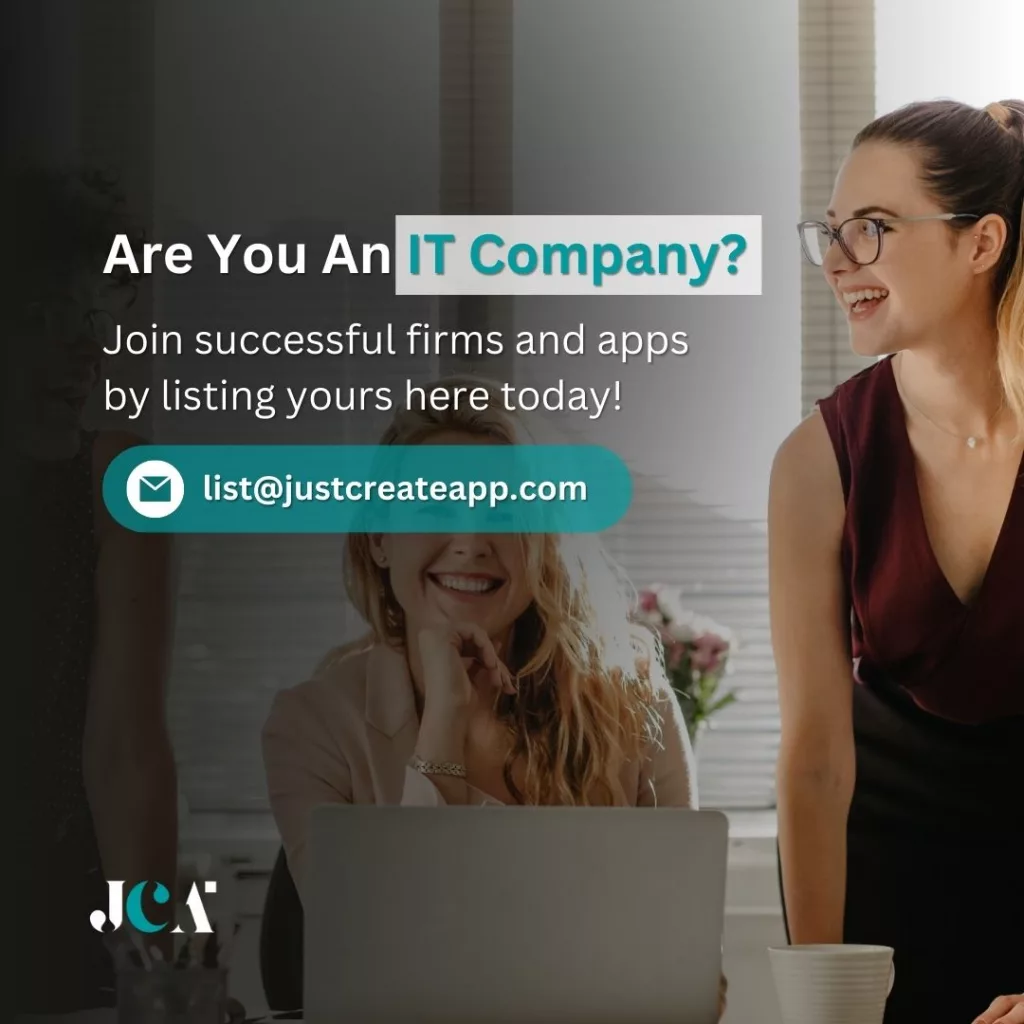Many banks and other financial institutions tend to see updating to a modern finance platform as a process that is always fraught and expensive. However, in many cases, it’s not something that can be put off for a long time. Now face serious challenges from alternative finance and fintech services, losing significant shares in markets that were once considered unassailable safe spaces for traditional financial institutions. Additional competition is also coming from new all-digital banks that promise to offer consumers and even SME clients unparalleled convenience.
Top Business Intelligence Consulting Companies
Given this, finance modernization is no longer just an option for banks interested in maintaining a competitive edge. However, the way modern finance platforms are integrated into a bank’s processes may matter more than the specific technologies and partners involved in the transformation.
Here are the four key steps that will help ensure your bank’s finance modernization efforts—and migration to a modern finance platform—are successful:
1. Create a Strategic Business Plan
During this phase, all the bank’s stakeholders should agree on the business’s requirements, using competitors as a benchmark when appropriate. An audit of current capabilities needs to be made so that purchasers can get hardware and services that promise a meaningful improvement over what’s possible with the legacy system.
This plan should go beyond timelines and the selection of technologies and vendors. Most critically, it should include user training and onboarding, as better-educated users will enable the full use of the bank’s new tech investments.
2. Release the Finance Modernization Plan
After the plan has gotten the approval of the most important stakeholders, it will be time to roll it out to everyone else in the organization, starting with the IT team and system administrators.
Emphasis has to be given to parts of the plan that could be implemented right away without undue effects on the current process. During this phase, consultants and technology partners can advise the bank’s in-house IT team on how best to avoid common pitfalls, as well as on what solutions they can implement to remove difficult roadblocks.
3. Implement, Test, and Compare
After rolling out the plan, it will be time to implement the new platform. How this will be done will depend on the bank’s rollout strategy and the specifics of the technology they acquire.
In most cases, data will have to be migrated out of existing silos and onto the new system. From there, other components may be added according to the set strategy.
For a period, your legacy system may have to continue working while components of the new platform are added. This can be a great opportunity to get feedback from stakeholders for comparison purposes. Parts of the new system could also be tested against the legacy system to iron out performance, compliance, and usability issues.
Doing these tests and comparisons before actual deployment will allow the IT team to better execute the final rollout. Team members can begin the familiarization process with the new system with fewer concerns of serious issues at the customer end.
These tests will also help users identify potential issues with the new platform before it is fully implemented. This will give time for the IT team and technology partners to fix issues in a less-risky environment.
4. Roll Out, Realign, and Iterate
If all goes well, the IT team and other key stakeholders can begin rolling out the new platform in earnest, doing away with the legacy system altogether. Even in the best circumstances, it will have to be taken for granted that there will be at least a few issues that will need to be fixed. But if the initial implementation and testing phase were executed correctly, there should be relatively few kinks to iron out.
In any case, the system users will probably begin to see opportunities for improvement. There should be a process in place for effectively handling any reported problems. These processes should remain in place throughout the lifetime of the new platform so continuous improvements can be made.
It’s Time to Take Finance Modernization Seriously
Decision-makers at banks and other financial institutions should break themselves out of the habit of investing in platforms and technologies simply because they can. This type of thinking can lead to hasty implementations that could negatively affect a bank’s bottom line and growth potential for several years.
Rather, finance modernization requires all of a bank’s stakeholders to buy in and take responsibility for the areas that are under their control. The human and cultural aspects of modernization should also be accounted for to prevent unnecessary risks and lost opportunities.
By taking a deliberate yet flexible approach to implementation, banks and other financial institutions can enjoy the operational efficiency benefits of new AI-powered platforms with fewer setbacks and operational issues. While there will be hitches in any major tech platform transition, laying out the right framework before you make major investments will help ensure the long-term success of your bank’s digital transformation.





[…] Also read: Key Steps Toward Finance Modernization for Banks […]
[…] Also read: Key Steps Toward Finance Modernization for Banks […]
[…] Also read: 4 Key Steps Toward Finance Modernization for Banks […]